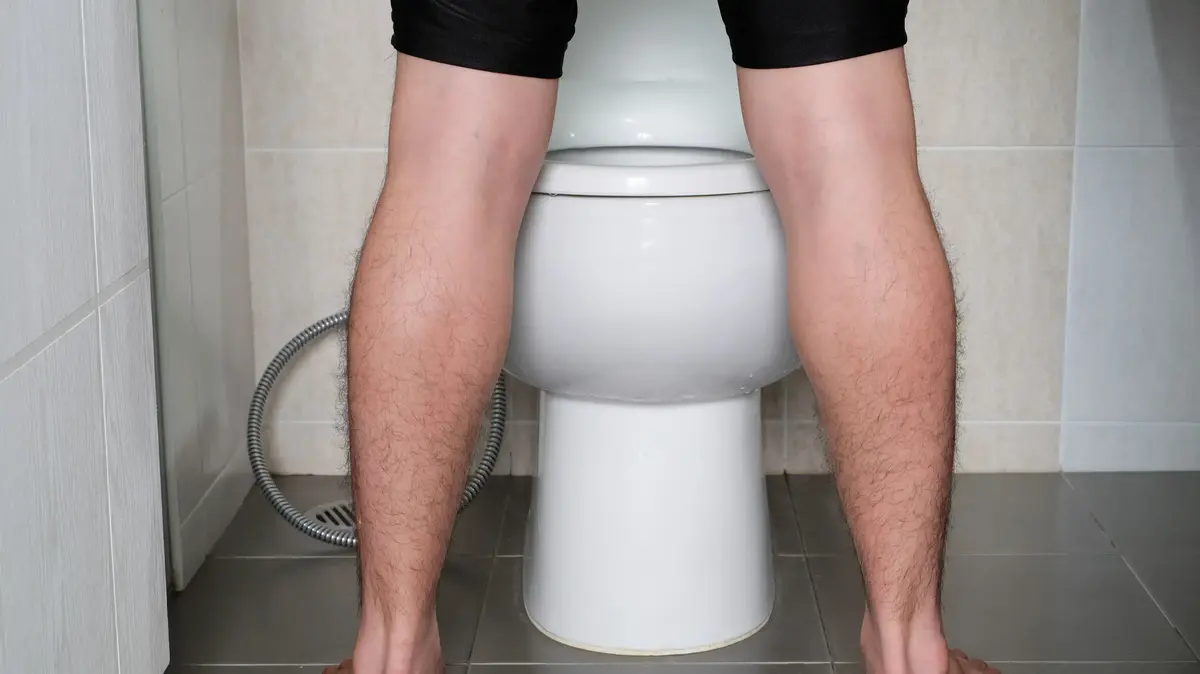A common problem in men (Photo: ShutterStock)
Not many know, but half of the 50-year-old men suffer from benign enlarged prostate and the incidence of the phenomenon increases as you get older.
The good news is that today the problem can be treated with an innovative method, which allows for quick recovery, minimal risks and most importantly - without harming sexual function.
The prostate is a gland belonging to the male reproductive system.
It is under the bladder and its center wraps around the urethra.
Benign enlargement is actually a condition in which the volume of the prostate increases as a natural part of human maturation, just like the growth of receding hair.
The increase in volume creates the urethra which is in the center of the prostate, and as a result there is difficulty in urinating.
The frequency of the problem increases as you get older: as mentioned, about 50% of men at the age of 50 will suffer from this condition and as you get older, the phenomenon is even more common.
What are the symptoms and how does the treatment work?
Common symptoms of benign prostatic hyperplasia include difficulty starting to urinate, weak urine stream, heaviness, urgency, frequency, and a sense of voiding.
In unusual situations, urinary retention may occur, a condition that requires the urgent insertion of a urinary catheter.
The initial treatment of the problem is to change the lifestyle and avoid the consumption of alterative drinks such as coffee and alcohol, especially before going to bed and at night.
When this treatment does not improve the condition, it is possible to take medications that can help, but even this in a limited way, until a point where their effect diminishes.
Sometimes there are side effects to the drug treatment, such as decreased sexual function or breast enlargement.
Illustration (photo: ShutterStock)
In the next step, if the drugs no longer help, you can undergo a surgical procedure to remove the prostate.
There are two recognized approaches -
one is a closed resection,
a method suitable for a prostate with a volume of 30-80 cc. The operation is performed under anesthesia, during which a camera is entered through the urethra, a device that activates energy is inserted and parts of the prostate are cut with it, in order to open the stricture. The second method is
resection Open through the lower abdominal wall
, and is usually suitable for the treatment of prostate over 100 cc.
As with any surgical procedure, these surgical methods also have risks, such as infection, bleeding, impairment of sexual function, posterior ejaculation and urine leakage.
Recovery time after surgery varies and ranges from 2-8 weeks.
Over the years, there have been many attempts to develop new methods and produce technologies that would allow invasive treatment with minimal risk, with high chances of success and without lasting side effects.
A state-of-the-art technology called Prostate Artery Embolization presents an innovative approach to treating this problem without surgery.
Prostatic artery embolization (blockage) is a safe and effective procedure for the treatment of lower urinary tract symptoms and urinary retention as a result of benign prostate enlargement.
Since then, many studies have been published that have shown that not only are the results of catheterization similar to surgery, but even superior in facilitating urination.
Prostate catheterization is more comfortable for the patient than the traditional approaches, it is performed under local anesthesia and sedation, there is no need to insert a urinary catheter, it can be performed in any prostate volume over 35 cc, and it preserves the lobules and ejaculation. The hospitalization and the duration of the recovery period are short and the return to activity is quick. The possible complications As a result of the operation, they are extremely rare. This is undoubtedly a significant breakthrough in this field.
Dr. Zalman Yitzhakov is the director of the Imaging Institute at the Wolfson Medical Center, an invasive radiologist at the Medica Elisha Hospital, Haifa
health
my health
Tags
prostate
urine
men

